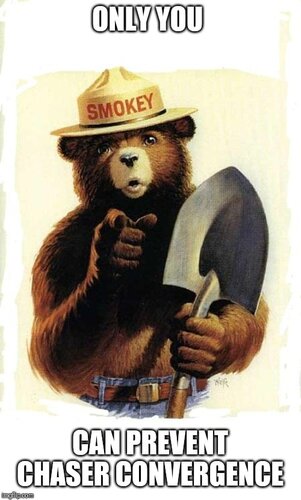Jesse Risley
Staff member
Has me wondering what would happen if you put all model data behind a paywall (like $100 a month subscription with a minimum of 6 months). Would it affect the numbers of chasers with data not being so readily available and funneled through paying channels? Revenue would certainly help government weather entities. Just a thought that crossed my mind that wouldn't be a legislative avenue.
It's certainly not a terrible idea for combating this problem, though there are broader policy issues at play when it comes to restricting data from taxpayer-funded, public entities such as NOAA/NWS. It would end up in federal court and probably be a losing proposition for the federal government if they tried to greatly restrict access.
Attachments
Last edited:

